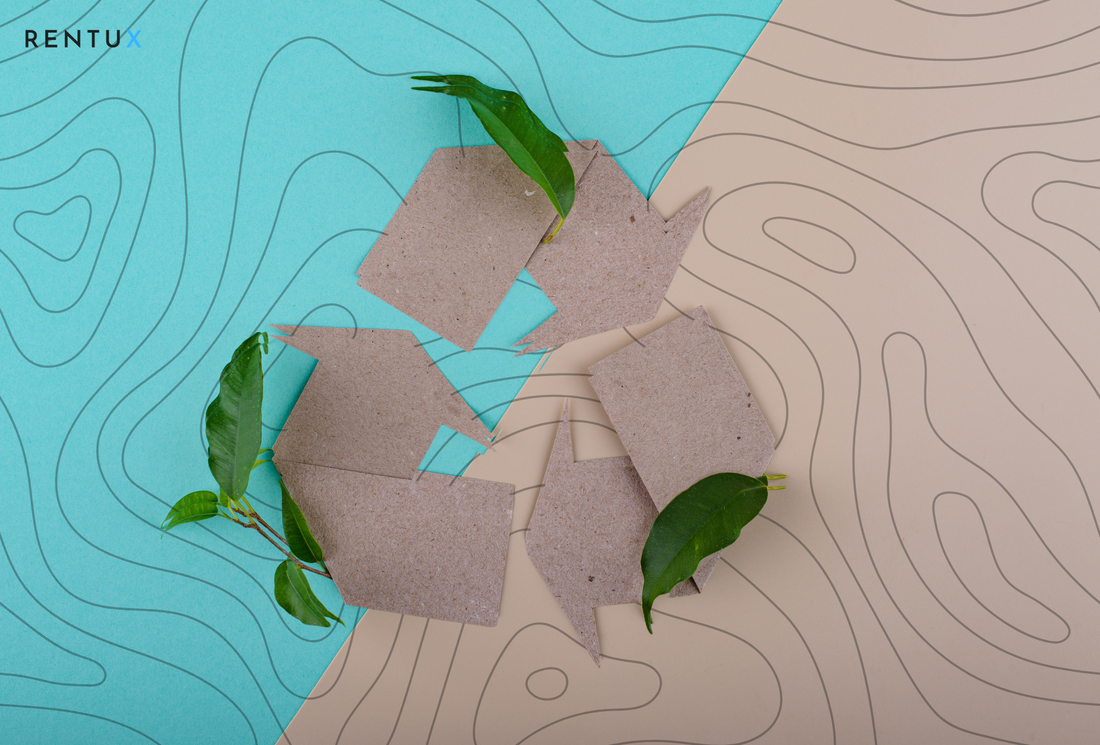
How Renting Trekking Equipment Supports Sustainable Travel
Share
In an era where climate change, resource depletion, and waste management have become pressing global concerns, tourism and travel must evolve toward more sustainable models. Renting trekking equipment—rather than purchasing it outright—emerges as a practical step toward eco-friendly adventures. By sharing resources, reducing waste, and minimizing manufacturing demand, equipment rental can foster a healthier relationship between travelers, local communities, and the environment.
1. Reducing the Environmental Footprint of Gear Production
Manufacturing trekking gear such as tents, backpacks, and sleeping bags requires raw materials (e.g., nylon, polyester, aluminum) and significant energy inputs. Each product’s lifecycle—from extraction of materials and production to packaging, transportation, and eventual disposal—contributes to greenhouse gas emissions and environmental strain.
Fact: The textile industry, which includes outdoor gear manufacturing, accounted for approximately 1.2 billion tons of CO₂-equivalent emissions in 2015—more than international flights and maritime shipping combined (Ellen MacArthur Foundation, 2017). When multiple travelers buy and own their own sets of trekking equipment, this demand pushes continuous production cycles and waste generation.
By renting equipment, multiple travelers use the same gear across its lifespan. This reduces the need for constant new manufacturing and helps curb emissions. Fewer new products mean fewer resources extracted, processed, and transported, ultimately shrinking the carbon footprint associated with each trekker’s journey.
2. Extending Product Lifespans and Minimizing Waste
The average traveler might use a high-quality tent or specialized climbing gear only a few times per year—if at all. Yet, buying such equipment locks materials into a single-owner model, leading to underutilization and eventual disposal once the gear becomes outdated or no longer needed. In contrast, rental systems ensure equipment is rotated among numerous users, maximizing each item’s utility before it must be recycled or responsibly discarded.
Table 1: Estimated Gear Utilization Comparison
| Equipment Type | Average Annual Usage by Private Owner* | Annual Usage in a Rental Model* | Improvement in Utilization (%) |
|---|---|---|---|
| Trekking Backpack | 2–3 times | 15–20 times | 500–900% |
| High-Altitude Tent | 1–2 times | 10–15 times | 500–1400% |
| Technical Climbing Gear | 1 time | 8–12 times | 700–1100% |
*Estimates based on interviews with experienced hikers and data from rental companies’ usage logs (UNWTO Sustainable Tourism Insights, 2019).
As illustrated above, rental models significantly increase utilization rates, thereby reducing the frequency at which new products need to be produced.
3. Lowering the Travel Carbon Footprint
Beyond manufacturing, there’s the matter of getting equipment to and from trek locations. Bulky gear often demands extra checked luggage, leading to increased airplane cargo loads or additional transport emissions. Travelers who rent gear at their destination lighten their load, potentially minimizing their travel-related carbon footprint.
Note: According to the Intergovernmental Panel on Climate Change (IPCC, 2018), reducing overall cargo weight on air travel is a valuable strategy in mitigating emissions. Renting at the destination can decrease gear transportation weight and thus contribute to lower carbon emissions per traveler.
4. Supporting Local Economies and Sustainable Tourism Models
Renting trekking gear from local providers not only encourages circular consumption patterns but also supports community-based tourism initiatives. By partnering with gear rental businesses, travelers inject capital into local economies. This helps sustain small enterprises that often employ local staff, contribute to community development, and adhere to eco-friendly standards to protect their natural surroundings.
Case in Point: Sustainable tourism operators in regions like Nepal’s Annapurna Circuit or Peru’s Sacred Valley often collaborate with local rental services. These rentals ensure gear maintenance and quality checks are performed regularly, and older equipment is responsibly recycled or upcycled. This closed-loop approach extends beyond simple commerce—it's part of a broader sustainable tourism ecosystem.
5. Encouraging Mindful Consumption
Opting to rent rather than own can instill a sense of conscious consumerism. Travelers become more aware of the resources behind the products they use and the impact of their choices. By adopting a rental model, trekkers actively participate in a more sustainable travel culture—one that values quality over quantity, mindful use over accumulation, and shared enjoyment over personal ownership.
6. Practical Tips for Sustainable Gear Rentals
- Plan Ahead: Reserve equipment in advance to ensure availability and reduce logistical hurdles.
- Check Sustainability Credentials: Look for rental providers that maintain their gear responsibly, repair when possible, and have transparent sustainability policies.
- Opt for Quality: High-quality rental gear not only offers better performance but also lasts longer, reducing waste in the long run.
7. Market Trends and the Road Ahead
The outdoor gear rental market is projected to grow significantly as more travelers embrace responsible tourism. According to Allied Market Research (2022), the global outdoor gear rental market is expected to witness substantial growth by 2031, driven by increased environmental awareness and cost-effectiveness.
As demand for rentals grows, competition among providers encourages improved sustainability measures—such as biodegradable packing materials, recyclable components, and digital booking platforms that reduce paper waste.
In Conclusion: Renting trekking equipment is not just about convenience or cost savings; it’s a tangible way to engage in sustainable travel. By sharing resources, travelers reduce the need for new production, cut down on waste, lower their carbon footprints, and support local communities. In a world where environmental responsibility increasingly guides consumer choices, renting trekking gear emerges as a vital tool in shaping a more ethical and eco-conscious tourism landscape.
